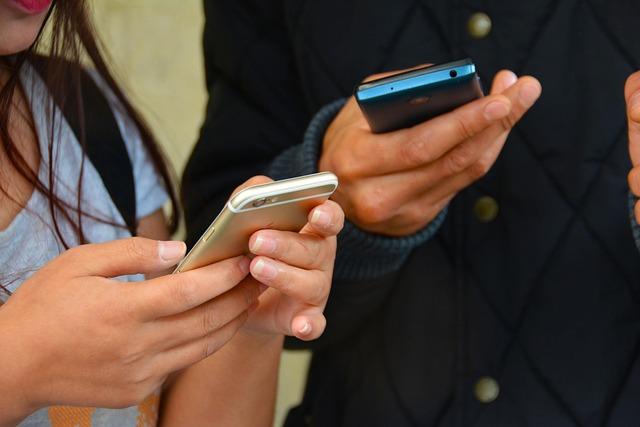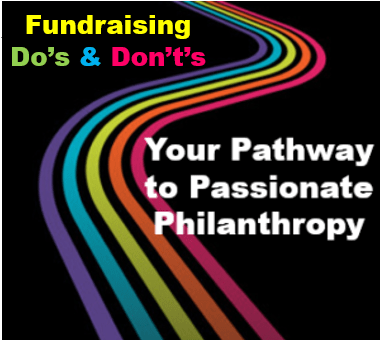You want change. They want to be change agents. Your job is to make a match!

How can I make the biggest impact on the future?
Have you ever wondered how major donors think about philanthropy?
To a large extent, they think about it the same way as anyone else. They just have more money.
It’s good to remember major donors are, first and foremost, just people.
And like all human beings, they are on a continual quest for meaning. It’s the existential search to be all that one can be.
And you can help them!
You (as executive management, development staff or board member) are a facilitator of philanthropy. Your organization exists, in part, to facilitate your donor’s quest for meaning and teach the joy of giving. To do this effectively, you must be attuned to your donors. And, since the wealthy have the ability to make a larger impact when it comes to furthering your mission, you especially must be attuned to these folks.
NOTE: I am not suggesting you eschew small gift fundraising. All gifts are important, and some of your smaller donors will likely engage in other critically important ways as well. They may become ambassadors, advocates, inlfuencers, volunteers and even legacy donors. You never want to put all your eggs in one basket. At the same time, it’s smart to develop a strategy to unlock giving from those who have potential to make transformative gifts.
6 Things that May Trigger Major Gift Philanthropy
In the past I’ve looked at six major donor philanthropic triggers. You need to know about these things, because if you can key into any of them you’ll have a strong basis for pursuing a major gift from the prospect whom you’re approaching:
- They feel economically secure.
- They are in a reflective phase of life.
- They’ve demonstrated a desire to build a closer connection with your cause and community.
- They are looking for meaning and a sense of purpose.
- They are seeking autonomy.
- They are seeking to identify themselves as the person they want to see reflected in the mirror.
Today I’d like to review six more things you should be on the lookout for; then I’ll suggest four strategies to help you enter into your prospective donors’ worlds so you can make a win/win match – one that will help your major donors simultaneously help your cause and themselves.
Coincidentally, I found a back issue of Lifestyles Magazine from 2008 (yes, I’m a bit of a hoarder) and was struck by some of what the publication had to say—a veritable peek inside the minds of major donors. There’s a clue right in the way Lifestyles (now out of publication) describes their mission (highlights are mine):
Details


